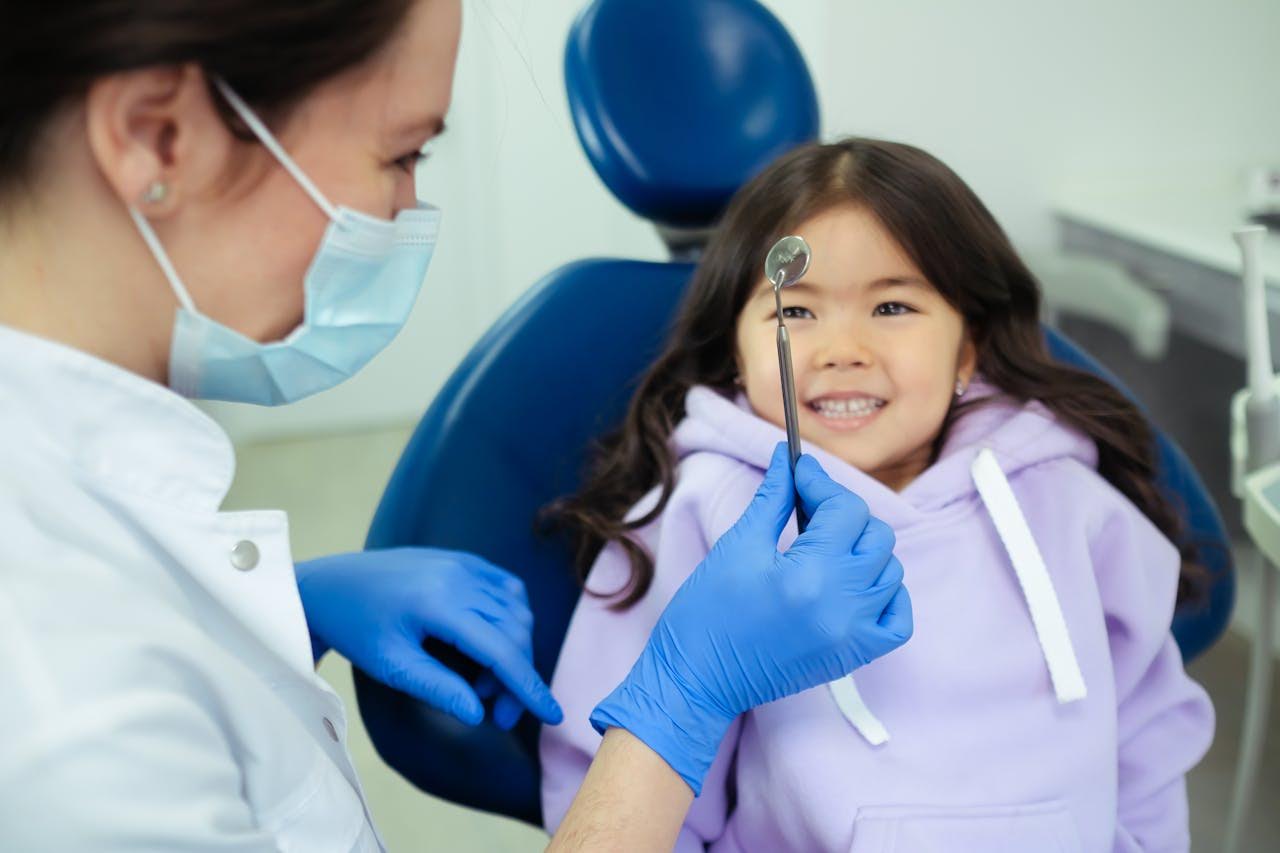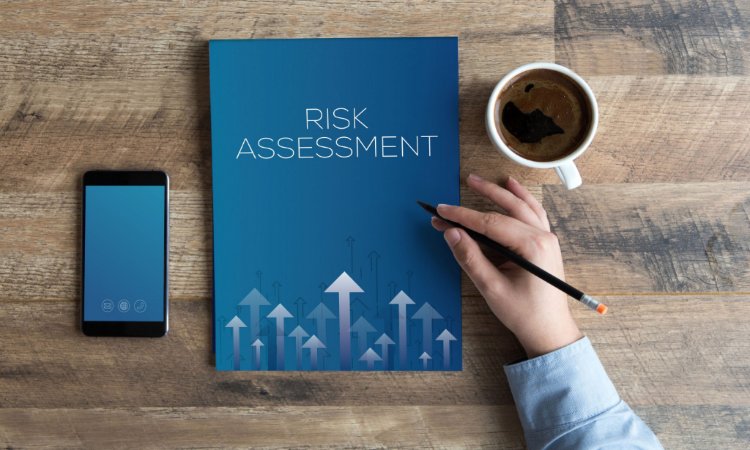Dental visits can feel scary for young ones. Bright lights, strange tools, and unfamiliar voices are enough to make any child nervous. But with the right setup, those visits can be calm and even fun. Simple steps before, during, and after each appointment help build trust. Over time, what was once fearful becomes routine. A stress-free dental visit helps kids and teens stay on track with oral health. This article walks through six practical ways to create that calm experience. Whether your child is starting their first check-up or entering their teen years, each approach supports confidence and wellness.
Know What to Expect
Fear often comes from the unknown. Before the appointment, explain what happens in child-friendly terms. Mention the comfy chair, colorful tools, and friendly staff. Share that the dentist might count teeth, take pictures, or give a quick polish. Use storybooks or videos that show happy dental visits. Keep it light and upbeat—avoid scary stories or words like “shot” or “drill.” Answer questions calmly and honestly. A clear picture helps reduce tension. When kids know what to expect, they feel more in control and less worried about surprise pain or drills.
Build a Friendly Team
A good dental office brings out smiles, not tears. The staff should greet kids by name and offer toys or stickers. Look for an office that plays gentle music or has kids’ art on the walls. Involve the team in building trust—let the hygienist introduce tools as “tooth ticklers.” If you’re on the West Coast, for instance, your child might feel at ease with Carmel Valley Pediatric Dentistry, where staff specialize in caring for young patients. Choose an office where questions are welcomed, and patience is routine. This foundation makes visits feel personal instead of clinical. A caring team sets the tone for calm and comfort.
Practice at Home
Preparation doesn’t stop at the door. Try a “pretend check-up” at home before the visit. Let the child play dentist on a stuffed animal or sibling. Use a toothbrush to count and polish pretend teeth. Practice opening wide and staying still. Make it a game with praise at the end. Familiarity builds confidence. As kids recognize tools like the mirror or suction tube, they lose novelty fear. A short practice session helps them bring curiosity—not anxiety—to the real visit. It’s a little rehearsal with big rewards.
Use Fun Distractions
Even with preparation, nerves can surface in the chair. Distractions help shift attention away from anxiety. Offer headrest mounting mirrors that show the ceiling or the hygienist’s painting. Let them listen to their favorite songs or a soft story through headphones. Some offices offer glitter tattoos or pop-on blue lights for children who sit still. Small rewards—like a fun toothbrush or badge—go a long way. Choose what feels natural, not forced. These touches lighten the mood and help shift focus from fear to comfort.
Celebrate Effort, Not Perfection
Praising children helps build resilience. When they follow instructions or even stay calm, offer specific praise: “You held the mouth open so well.” Offer small achievements—dental stickers or tokens for good behavior. If a teen sits quietly through a tough procedure, a special note or extra mint post-visit reinforces their strength. Positive feedback sticks better than tense reminders. Focus on their effort rather than perfect performance. That mindset supports growth and encourages them to try again next time, even if the visit was tricky.
Make Check-Ups a Habit
Consistency builds familiarity and eases stress over time. Schedule visits every six months and keep them regular. Trends show that a steady plan lowers anxiety—teeth and gums stay cleaner, and visits feel normal. Also, regular visits help small issues get caught early. That means less drilling and fewer surprises. Encourage teens to take part in making the appointment—let them set reminders and choose music or podcasts for the ride. Turning dental care into a shared routine reinforces responsibility and maturity. Before long, visits feel less like appointments and more like a part of regular life.
Conclusion
A stress-free dental visit starts with intentional steps before, during, and after each appointment. When kids and teens walk in knowing what to expect, they feel safer. A warm, caring team and simple distractions can shift fear into ease. Praising effort rather than perfection builds confidence. Regular check-ups help maintain both dental health and emotional calm. No child is the same, but these strategies fit nearly every age and comfort level. Over time, they layer into a healthy routine. A calmer dental experience today builds the confidence for a lifetime of good oral health.



